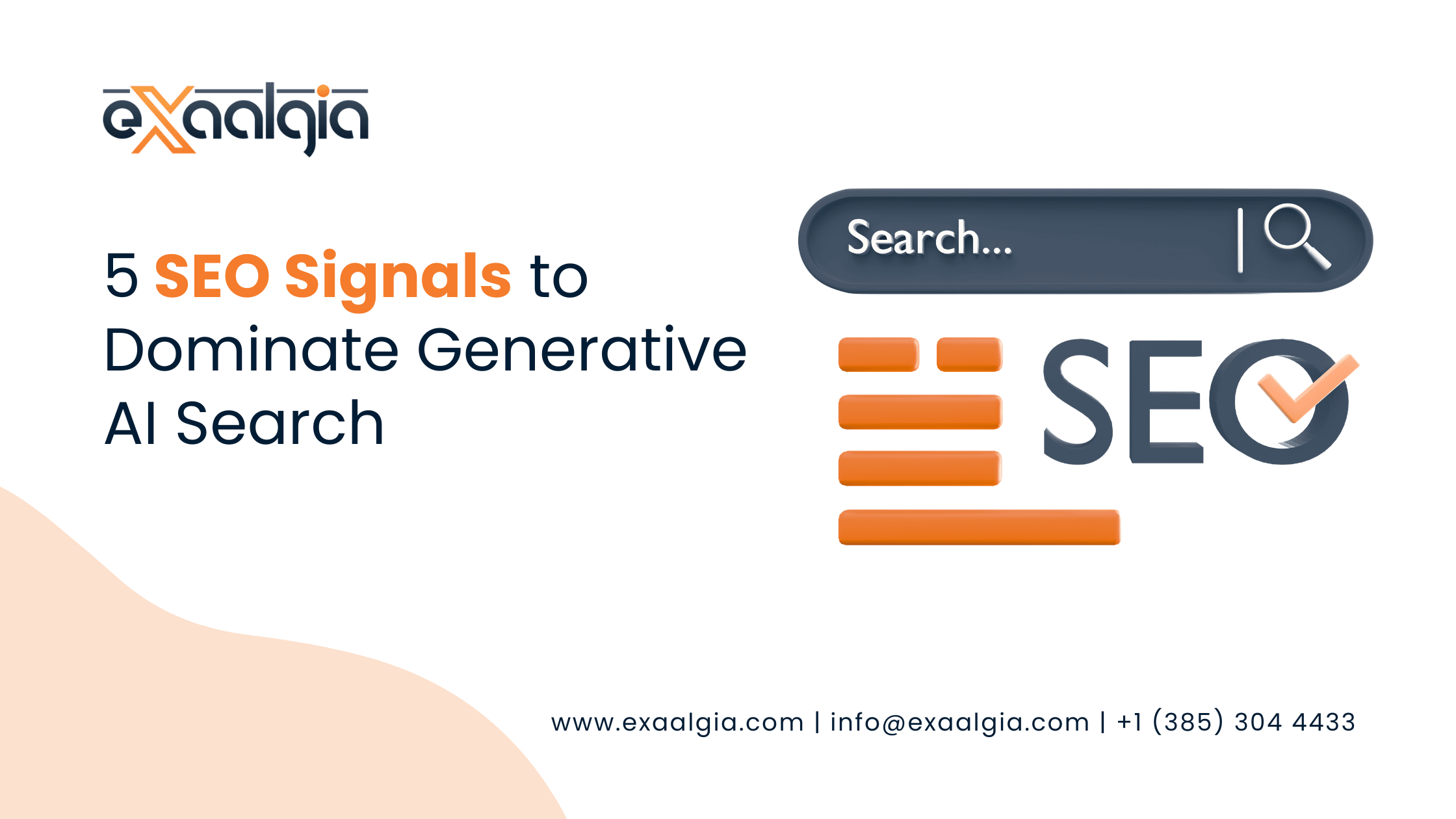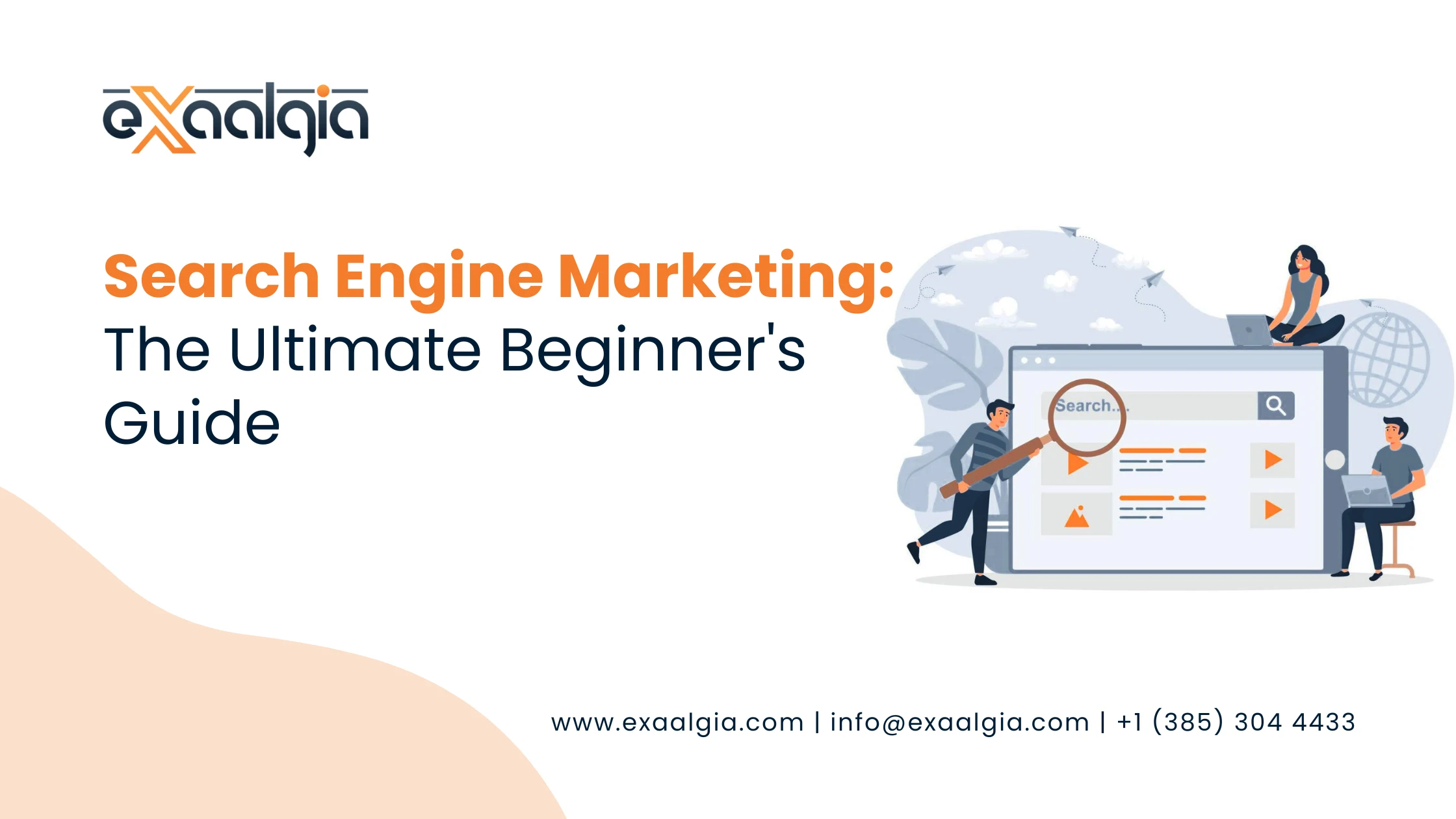In this post, you will learn how to rank first on AI search engines, backed by examples and clear steps. Whether you want to boost traffic or get your brand noticed on these emerging platforms, this guide will help you get there.
Understanding the Shift: Why Traditional SEO is Changing
For years, SEO revolved mostly around Google, Bing, and DuckDuckGo. These traditional search engines use specific algorithms based on keywords, backlinks, and website authority. While they remain important, SEO is evolving as new players join the stage. AI-based search engines are now influencing how people find answers online.
AI search engines like ChatGPT, Perplexity, Grok, and Claude do something different. They use large language models (LLMs) to understand questions and provide answers by scanning multiple sources. Rather than just listing web pages, they synthesise information from websites, videos, tweets, and other content types. This means they use different ranking signals compared to Google or Bing.
For example:
- ChatGPT (developed by OpenAI and influenced heavily by Microsoft) shows strong links between Bing rankings and its own suggestions.
- Perplexity favours YouTube content, often pulling videos directly into its answer.
- Grok, owned by Twitter, tends to weight tweets and Twitter content heavily in its responses.
While Google still dominates with almost 90-95% of the market share, AI search engines are growing fast and appealing in specific niches. More people are getting comfortable asking AI tools for answers instead of traditional search queries, especially when they want quick, conversational results.
The key takeaway is that AI search engines use different signals to rank content. You need new strategies that match how these engines work if you want to stay on top.
Proof of Ranking on AI Search Engines: Real Results in Action
Seeing is believing. Businesses and creators are already winning traffic by ranking top on AI search tools. Here are some examples of how this looks in practice.
If you ask ChatGPT or Perplexity, “What’s the best AI writer for SEO?” You will find the same company ranking first multiple times. The answer includes direct links to websites and YouTube videos owned by that company, showing multi-format content ranking highly across platforms.
Similarly, with queries like “What’s the best AI auto blogging tool?” Perplexity points users to specific blog posts on relevant sites. These AI engines don’t just rely on one source; they surface content from blog posts, YouTube videos, and tweets that mention the topic.
Here’s why this works:
- AI search engines collect information from many different content forms, mixing textual content with videos and tweets.
- Your mention in one place (like a tweet) can increase visibility on an AI search engine that values that platform highly.
- Different prompts with the same intent generate multiple opportunities to rank, known as a multi-prompt ranking strategy.
- Videos appearing in AI search results highlight the benefit of creating content in various formats, amplifying your visibility.
Ranking #1 on these AI search engines means embracing multi-platform content presence. The volume and variety of content you produce across channels affect how often AI tools point back to your site or videos.
How AI Search Engines Source and Weigh Content Differently
Each AI search engine has its own way of gathering and ranking content based on where it trusts information most. Understanding these differences is key.
- ChatGPT
Microsoft owns OpenAI, which developed ChatGPT. Because Microsoft also owns Bing, ChatGPT shares a high correlation with Bing’s rankings and citations. Website authority, backlinks, and proper SEO signals still matter here. ChatGPT pulls data mainly from trusted websites and Bing sources. - Perplexity
This AI engine places heavy emphasis on YouTube content when answering user queries. Videos appear prominently within responses. For topics with good video explanations, Perplexity directs many users to YouTube channels and video blogs. - Grok
Owned by Twitter, Grok values Twitter content and tweets highly. It sources information from tweets and relies on dynamic conversations happening within the Twitter ecosystem. Tweets you create can directly impact your visibility here.
This “bias” in content sources isn’t unfair. It’s a direct consequence of platform ownership and the way AI models are trained. These platforms don’t make up answers, they compile responses based on credible, curated sources weighted differently per engine.
Putting it plainly, here’s what AI search engines rely on most:
- Blog posts and website content (especially for ChatGPT).
- Videos and YouTube channels (Perplexity’s preference).
- Tweets and social media updates (Grok’s focus).
- Other user-generated content (reviews, forums).
To rank well everywhere, you need to think about citation weighting and source influence across platforms. Diversifying your content type and distribution is essential.
Step-by-Step Strategy to Rank on AI Search Engines
Ranking on AI search engines boils down to creating relevant, useful content for the prompts your potential customers ask. Here’s how to start:
- Write blog posts targeting AI search prompts
Identify questions your audience may ask. Write clear, thorough blog posts on your website covering these queries. Cover variations and related topics too. Examples include:- Best AI writer for SEO
- AI autowriting blogging tools
- How to rank on ChatGPT or Grok
- Create videos and embed them on your site
Videos are especially important for platforms like Perplexity. Produce educational or demo-style videos that explain your product or topic and include them within your blog posts. - Post on social media channels
Share your content on Twitter, LinkedIn, and Facebook. Twitter posts matter most for Grok. LinkedIn can help build professional signals and backlinks. Facebook expands reach beyond professional circles. - Experiment with prompts
Search engines answer many ways to ask the same question. Try different wordings and prompt styles to create multiple entry points. This approach is called a multi-prompt ranking strategy. - Be consistent and produce plenty of content
The volume and variety of content build your presence. More quality posts mean more chances to rank and get cited. - Monitor results and adjust
Track traffic from AI search engines. See which prompts and content perform best, then refine accordingly.
This straightforward plan can get your site and content noticed where it counts. Always remember: Write blog posts. Create videos. Post on social media. Experiment with prompts.
Why Google Isn’t Dead Yet but New Search Engines Matter
When people say “Google is dead”, they mean the traditional SEO model is shifting. Google still holds nearly all the search market share worldwide. It’s unlikely to disappear anytime soon. But the truth is more balanced.
Users now spread their searches across multiple platforms based on what they want:
- Amazon is the main search engine for product discovery.
- eBay is favoured for auction items and collectibles.
- Instagram is often used to find local businesses and restaurants through visual, user-generated content.
- TripAdvisor dominates travel-related searches and accommodations.
Each serves a different purpose and type of audience. In this same way, AI search engines fit alongside them as specialised tools for answering complex or quick questions in a conversational style.
You need a diversified search strategy now. Optimizing just for Google misses the opportunities in AI tools, social media, product marketplaces, and niche search engines.
Some platforms cater to specific intents better than others, so understanding your customer’s journey and where they look is crucial.
Here’s a quick look at search engines and their core uses:
- Google: General web search
- Amazon: Product shopping
- eBay: Auctions/collectibles
- Instagram: Local business and restaurant discovery
- TripAdvisor: Travel info and reviews
- ChatGPT, Perplexity, Grok: AI-powered Q&A and content discovery
AI search engines don’t replace traditional ones. They expand the ecosystem where brands can appear and grow traffic.
Practical Tips for Getting Started with AI SEO
Starting with LLM SEO is easier than you think. Keep it simple and steady:
- Identify the questions and prompts your target audience is likely to use.
- Write clear, helpful content on your website addressing those questions.
- Create supporting videos to increase chances on video-focused engines.
- Share posts on relevant social networks, especially Twitter, for Grok visibility.
- Try various prompt styles to rank for multiple queries.
- Track your traffic regularly to understand what works.
- Be patient. AI SEO is simple but requires consistent effort and volume.
Here’s a quick beginner checklist:
- Find popular AI search questions related to your niche.
- Write multiple blog posts covering these prompts.
- Produce at least one video connected to each main topic.
- Share and promote content on Twitter, LinkedIn, and Facebook.
- Regularly check your AI search engine rankings and traffic.
- Experiment with new prompts and update older content.
- Keep repeating the process for consistent growth.
This approach builds your “footprint” across AI engines and improves your chances of ranking.
For detailed guidance on this workflow, check out the step-by-step AI SEO.
Ranking on AI search engines is the new frontier in SEO. By understanding how these platforms gather and weight content, creating diverse and targeted content, and distributing it effectively across channels, you can capture new audiences where they are searching now.
Stay ahead of the curve by adapting your SEO for AI searches and get your site noticed in this growing space.







